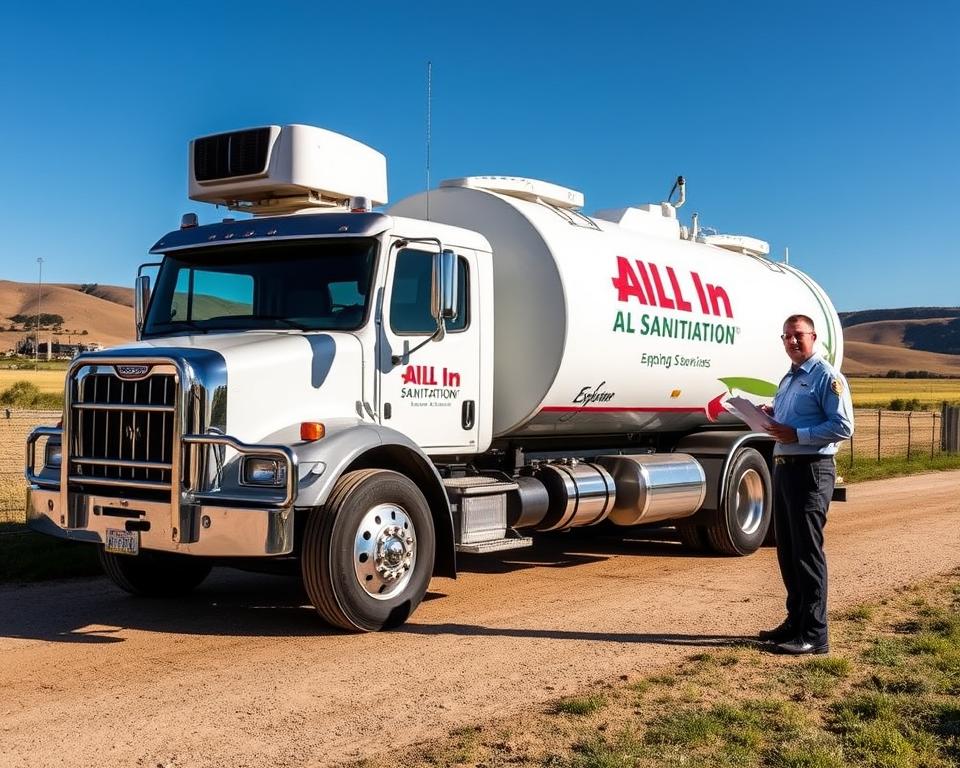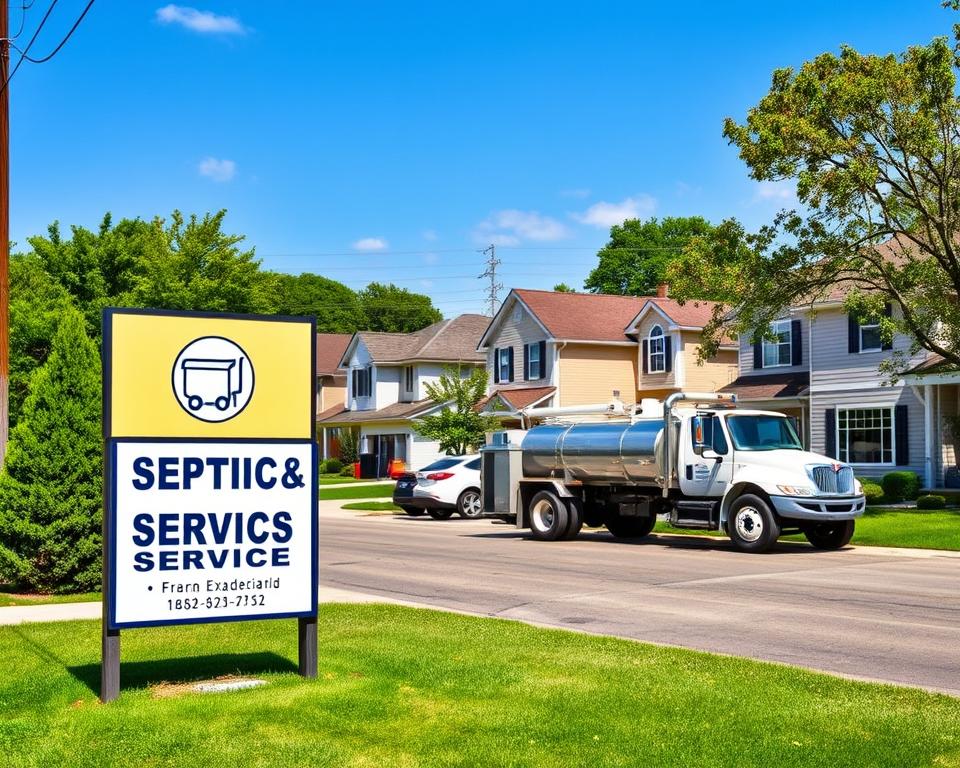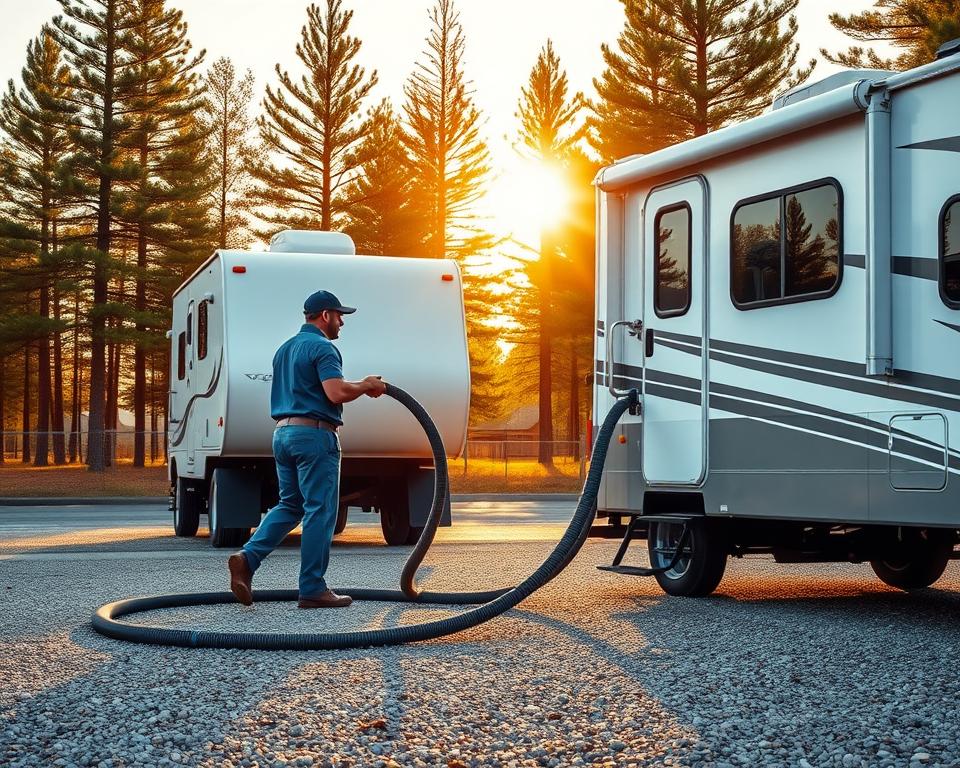Camper Water Tank plus Pump: Essential Manual
Looking to learn what keeps your road trips running without a hitch? It’s chiefly due to your RV fresh-water Tank and Pump. Whether you’re heading to national parks or a simple weekend retreat, getting a grip on your RV’s water system is vital. This article we dive into the essentials: the components, upkeep, and strategies for smooth travel. Grasping each element, from the linework to Tank filling, ensures water is always at your disposal during your outings – mobile RV septic pumping.
Core Takeaways
- Getting familiar with the RV water system optimises your travel enjoyment.
- The RV water Tank and Pump are indispensable for a reliable water supply.
- Consistent servicing extends the lifespan of your RV plumbing.
- Knowing proper fill techniques for your reservoir correctly can forestall future issues.
- Fixing your water Pump can save you from unexpected problems.
Breaking Down RV Water Systems
RV water systems consist of two primary parts: the potable-water setup and the wastewater mechanism. The fresh side features several critical pieces like the water Tank, Pump, and faucets, mirroring domestic plumbing but adapted to the mobile needs of life on wheels.
Using clean water is non-negotiable for the system’s performance. It protects the health of all passengers. It’s imperative to keep the RV plumbing in prime condition through routine maintenance – such as proper drainage to avoid leaks and other issues. Frequent inspections let RV enthusiasts dodge water-related mishaps during their journeys.

The Role of the RV Water Tank
The RV fresh-water reservoir is indispensable for a successful journey. It houses the clean water needed for drinking, cooking, and cleaning. The capacity of this container varies with each RV model, affecting how much water can be stored – and this directly influences how long you can roam before requiring a refill.
Maintaining the RV water Tank hygienic is vital. Periodic cleaning wards off harmful contaminants, so the water stays safe for use. Neglecting maintenance can encourage bacteria or algae growth, making the water hazardous.
Recognising the RV Tank’s role improves water management during trips. Diligent upkeep and frequent refills provide a care-free experience. It’s crucial to have ample water for all travel needs, guaranteeing a trouble-free RV adventure.
Filling Your RV Fresh-Water Tank
Filling your RV water Tank requires meticulous action to confirm it’s done correctly. There are two primary methods: gravity filling and pressure filling. Understanding these techniques greatly enhances your RV experience.
Gravity-feed is direct. All you need a potable water hose. Attach this hose to a water source, then to the Tank’s opening, and let gravity take over. Remember to watch the water level to prevent spills.
Using city pressure involves a city water connection, offering faster delivery. You need to use a pressure regulator to control water flow. Connect the hose from the municipal source to your RV. This method provides quick and steady supply to your Tank.
Either method you select, follow these vital safety tips: Always monitor the Tank when filling to prevent overflow, and use clean water to ward off health issues. Mastering these filling and safety techniques will make your RV trips even more enjoyable.
RV Water Tank and Pump: Key Components Explored
The RV water Tank and Pump are integral to any RV’s plumbing system, delivering a steady and efficient water supply for all your needs. The RV water Pump’s main job is to draw water from the Tank, ensuring clean water is always available. That’s critical for cooking, cleaning, and showering.
RV plumbing features different Pump types, each with individual benefits. Diaphragm-style Pumps are prized for their steady water pressure, while centrifugal pumps are prized for ease and energy thrift. It’s wise to weigh flow rate, noise, and installation ease when choosing your Pump.
To conclude, the RV water Tank and Pump are irreplaceable to your water system’s functioning. A dependable Pump delivers strong pressure and smooth flow, improving your overall travel experience.
Selecting the Perfect RV Water Pump
Finding the correct RV water Pump is key for your plumbing’s peak performance. When evaluating a Pump, considering various points is critical for a satisfying camping experience. Ensuring it pairs with your RV’s water system is paramount.
Keep these primary aspects in mind:
- Flow Rate: Opt for a Pump with a flow rate that meets your usage needs. A stronger flow means faster reservoir refills.
- Pressure Ratings: Your RV’s multiple fixtures set the required pressure levels. Pick a Pump whose specs align with those figures for smooth operation.
- Noise Levels: Noise can be an issue with some Pumps. For peace and quiet, compare models for their noise output.
Brands like SHURflo and VEVOR are among the top picks for many RVers, each offering unique features. A detailed assessment of these brands will guide your purchase process.
Understanding these factors is not only crucial for the proper purchase but also arms DIY tinkerers with key know-how for upkeep and replacements.
Hooking Up to City Water for Your RV
Connecting your RV to city water allows for an effortless supply of fresh water, letting you bypass just using your Tank. This ensures a more comfortable camping experience. Be sure to follow specific steps for a trouble-free hookup.
First, find the city water connection port on your RV. It’s often marked by a bright or black connector, sometimes tagged for ease. Use a potable water hose rated for RVs; this kind of hose keeps your water safe from contaminants.
It’s essential to install a pressure regulator before making the connection. This gadget protects your plumbing by taming the water pressure. With the regulator in place, connect the hose from it to the water source.
Once connected, monitor the water pressure. Maintain a steady, gentle flow to avoid hose damage. Inspect your hoses regularly for any wear or leaks and quickly replace parts as needed.
Adhering to these steps for city hookup improves your camping convenience and aids in maintaining your RV’s condition.
Caring for Your RV Water Tank
Ensuring your RV’s fresh-water reservoir is in good order is essential for safe, clean water while out on adventures. A clean Tank helps prevent bacterial growth and contamination. To begin, periodically sanitise the Tank: combine water with a bit of bleach for an effective residue-free clean.
It’s important to watch for leaks and control Tank pressure. Regular checks can detect problems early, sparing expensive fixes. A consistent regimen maintains the water system in prime condition.
To optimise maintenance, use a checklist:
- Check water levels and quality frequently.
- Sanitise the Tank bi-annually with a bleach solution.
- Inspect for leaks in the Tank.
- Monitor Tank pressure and Pump function.
- Flush the Tank to eliminate any sediment buildup.
RV Water Pump Diagnostics
RV water Pump issues can be frustrating, disrupting travel plans in a flash. Facing strange noises, dealing with low pressure, or facing complete Pump failure are common problems. Learning how to troubleshoot them can significantly improve your trips.
Hearing odd sounds from your Pump is usually a problem. First step is to check for loose connections and secure them. When confronted with low water pressure, checking hoses and fittings for leaks. Because a small leak can greatly affect flow, early troubleshooting is essential.
If your Pump stops altogether, check electrical connections. Start with examining the Pump’s fuse. Should the fuse is fine, look further for wear or damage.
A systematic routine isolates and fixes water system issues. Regular maintenance and inspection guarantee smoother journeys.
| Issue | Possible Cause | Suggested Solution |
|---|---|---|
| Strange Noises | Loose connections | Tighten fittings |
| Low Pressure | Leaky hoses/fittings | Find & seal leaks |
| Pump Failure | Electrical fault | Check fuse/wiring |
| No Water Flow | Blocked lines | Flush obstructions |
Hacks for Effective RV Water Use
Camping in off-grid areas often means limited water access. Wise use in your RV is key. By adopting smart conservation tactics, you don’t just manage resources well but also elevate camping satisfaction.
To make the most of water while travelling, consider these tips:
- Take brief showers – aim for under five minutes.
- Install water-saving fixtures like low-flow showerheads and faucets.
- Reuse used water: dishwater can flush toilets or water plants.
- Monitor reservoir levels regularly to prevent overflow.
- Plan water stops in advance: know filling stations along your route.
The Bottom Line
Mastering the nuts and bolts of your RV water systems is crucial to a satisfying travel adventure. The Tank and Pump remain at the core of this, needing routine upkeep. By maintaining these systems, you guarantee a dependable supply and dodge potential snags.
Routine troubleshooting and checks limit stress and save time. Being proactive about upkeep is crucial, particularly when you’re far from help. Proper care enables you to maximise water use, boosting comfort for everyone.
On your next outing, leverage this guide to tame your RV’s water systems. Smart decisions about plumbing and equipment equip you to relish the freedom of the road. Here’s to happy and trouble-free travels ahead!


